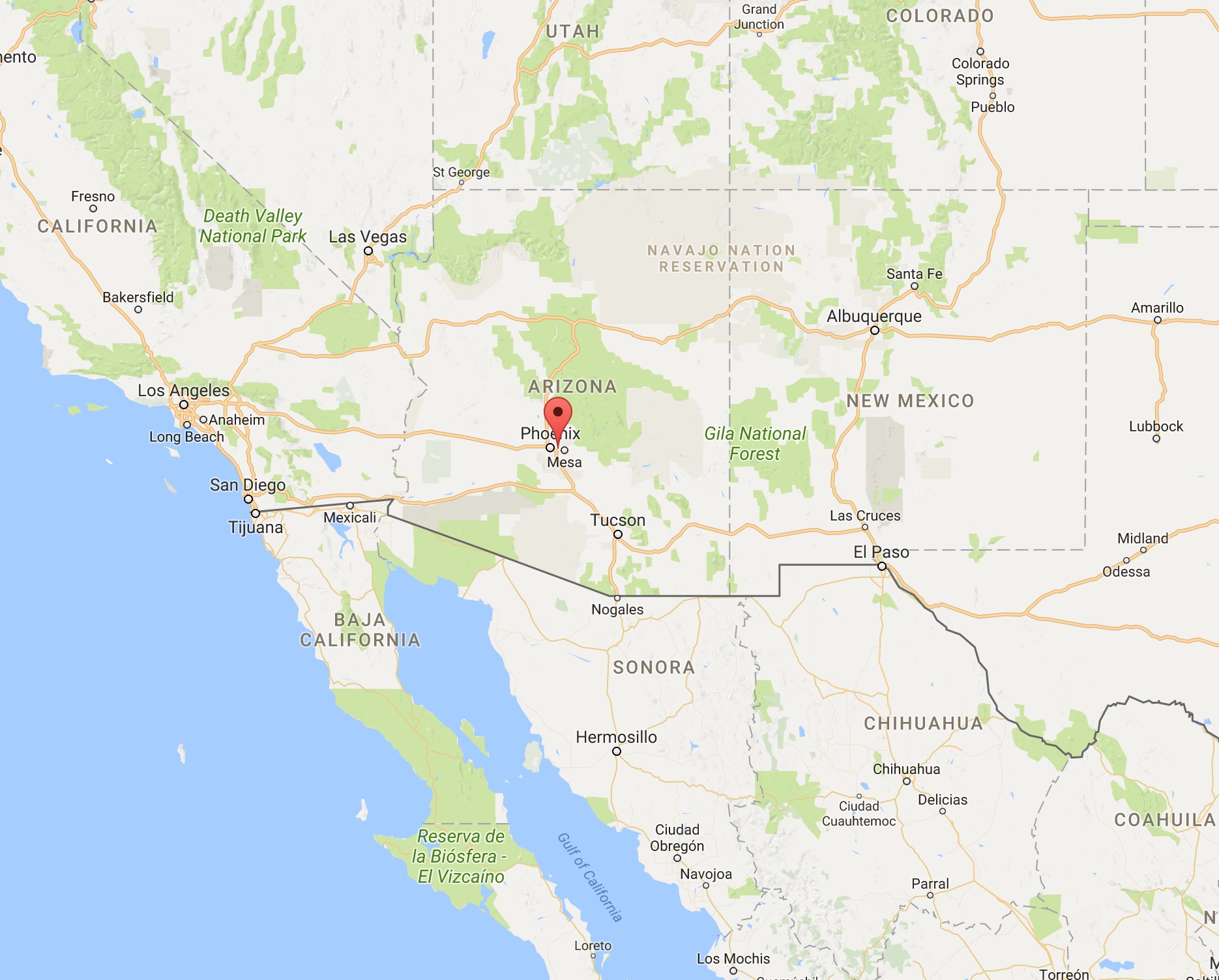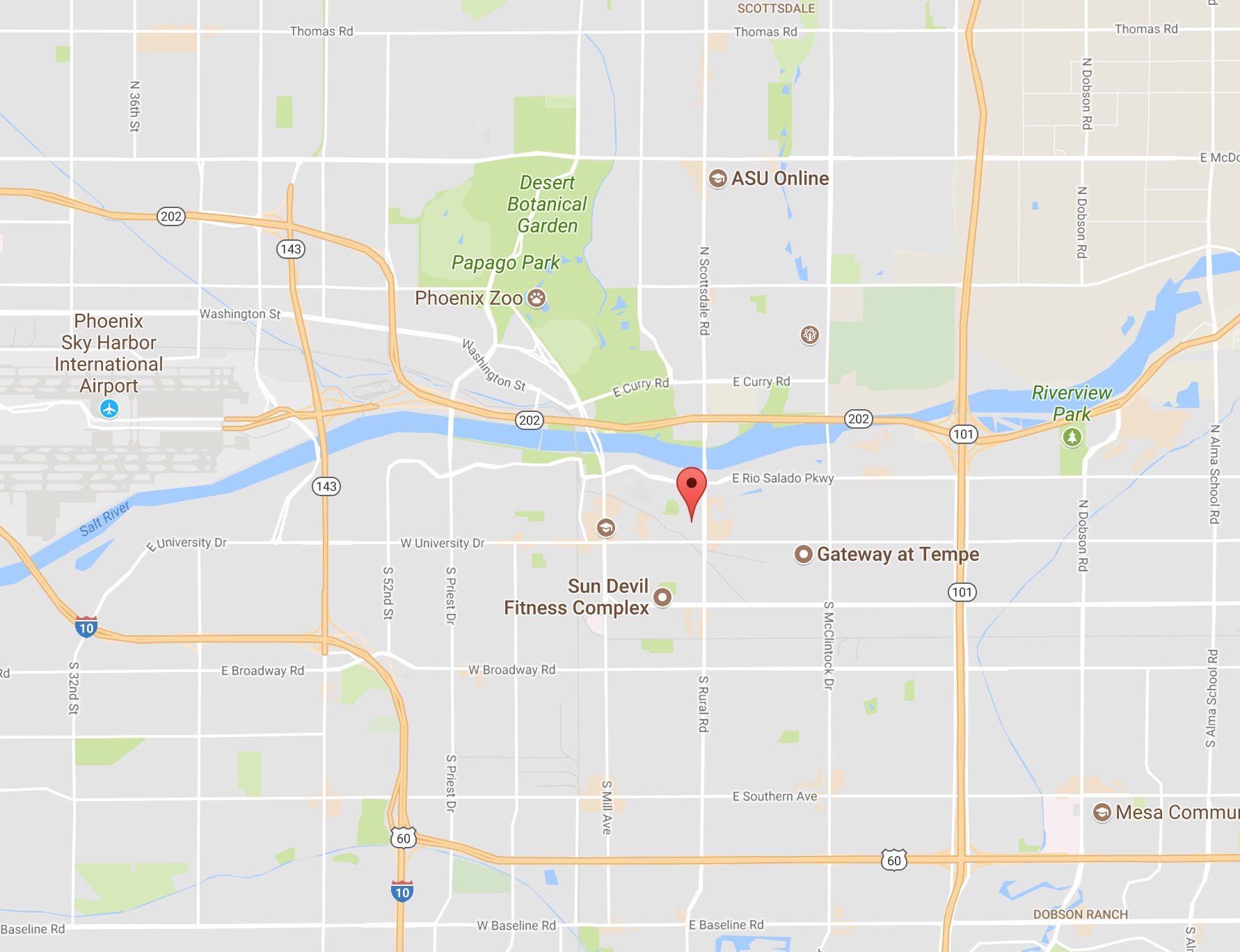Arizona State Teachers College (now Arizona State University, or ASU), is located in central Arizona, in Tempe.

Located a few miles to the east of Phoenix, the College has an important history. During WWII, like many other colleges and universities, it hosted training of military personnel, using existing dormitories and classrooms, supplemented by wartime buildings such as Quonset huts.

While assigned to Arizona State Teachers College (315th Cadet Training Detachment), Tom received classroom instruction in hard science, aeronautics, and other areas deemed important for pilot training.
This college training program was controversial, even at the time. According to The Army Air Forces in World War II:
“In 1943 an additional phase of pre-flying instruction was introduced: the aircrew college training program, which lasted until July 1944. The college program, to put it bluntly, came into existence not so much to meet an educational need as to hold a backlog of aircrew candidates. As has been previously noted,* the AAF had found it advisable in 1942 to recruit aviation cadets in excess of its immediate needs and to hold them in an inactive enlisted reserve until needed. By December 1942 approximately 93,000 men were awaiting classification and instruction, and many of them had been in this limbo for six or seven months. Not only did this extended in-active period discourage some of the men, but the pool of idle man-power received increasing notice from selective service boards and the War Manpower Commission. Accordingly, General Arnold proposed to the War Department that these men be called to active duty and given a period of college training designed to make up educational deficiencies.”
“Implementation of the project suffered because of the haste in which it was conceived and executed; by April 1943 over 60,000 men were in aircrew college training detachments at more than 150 institutions.15 Since the AAF viewed the college enterprise primarily as a personnel rather than a training activity, it failed to establish a clear definition of its educational purpose. The educational objectives, as stated by the Flying Training Command, varied from a limited “Preparation . . . both mentally and physically, for intensive ground training in the Preflight Schools” to the broader “attempt to diminish individual differences in educational background for subsequent air crew training.”16
“Academic subjects, taught by college faculty members, included mathematics, physics, current history, geography, English, and civil air regulations. Military indoctrination, the responsibility of the officers of each detachment, consisted of drill, inspections and ceremonies, guard duty, customs and courtesies, and medical aid. Military training was carried into the academic phase by having the students march to and from classes and by insisting upon proper military courtesies at all times. Although there was a great variance in the degree of emphasis upon discipline at the colleges, this phase of the program was probably more valuable than any other, in that it at least helped adapt students to the standard regimen of Army training. Physical conditioning, required one hour daily, included calisthenics, running, and competitive sports.”17
“Perhaps the most controversial phase of the curriculum was the ten hours of flight indoctrination. The AAF did not desire this instruction in the college program; it was prescribed by the War Department and conducted in cooperation with the Civil Aeronautics Administration. Flying schools located near the colleges provided the training under contract. Since the purpose of this flying was only familiarization, operations were restricted to simple maneuvers in light aircraft, under dual control by instructor and student. AAF observers criticized the training as of little value, charging that the students were “merely riding around for 10 hours.” A study conducted in 1944 showed that the indoctrination course helped students materially in the regular primary stage of flying training but gave them no appreciable advantage in later stages. Whatever its long-range value, the course was a morale booster for men who had waited months to learn to fly.”18
